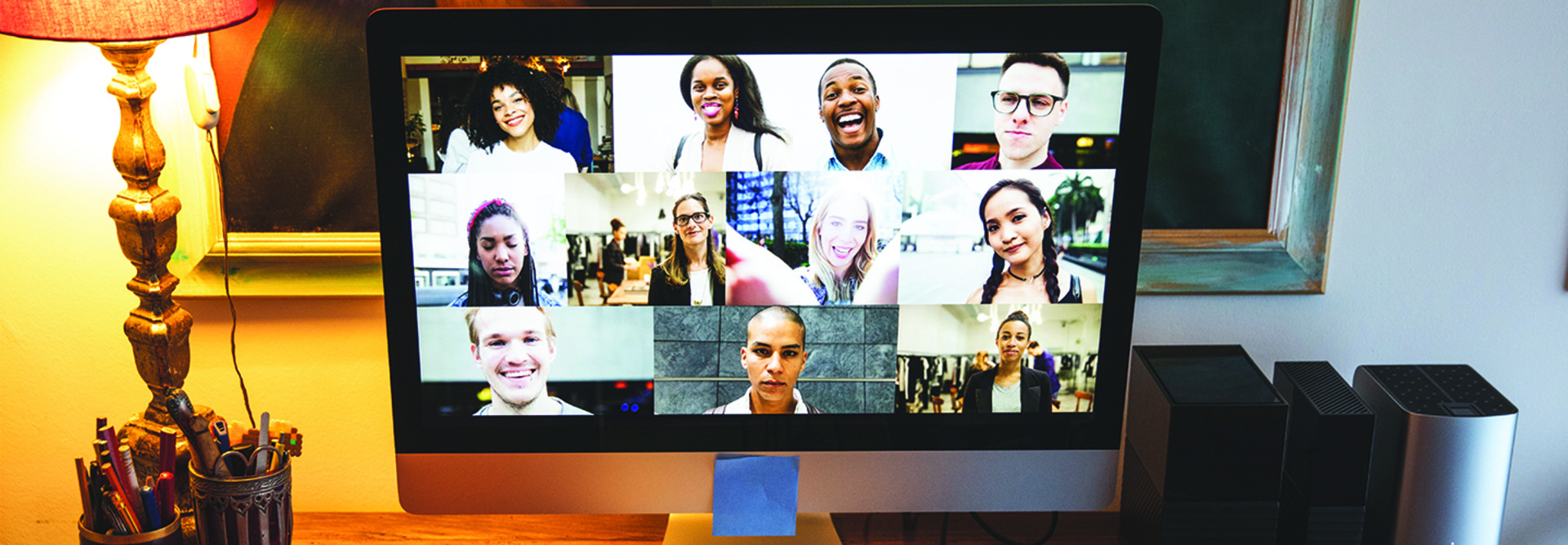Businesses were sent scrambling when the pandemic first sent employees to work from home. Some had partial remote work policies in place, and others were using some collaboration tools to enable dispersed teams to work together, but very few, if any, had the infrastructure in place to support a fully remote workforce.
Organizations needed to make big moves quickly as supply chain disruptions led to a limited supply of hardware. It took a team effort to keep businesses running, said Microsoft CEO Satya Nadella.
“All of you stepped up over the last six months to help people and organizations in every country adapt during the most trying of circumstances,” Nadella said during his keynote address at the all-virtual Microsoft Ignite. “Thank you.”
Once employees settled into new routines, the next chapter began. Which of these new technologies will we keep? Are we using them in the most effective way? How can we make them better?
Nadella said Microsoft has prepared new features and tools to help businesses address this next step and build their resilience.
WATCH: See how one organization used innovation to change their operations to fit 2020's needs.
The Driving Force Behind Tech Intensity
If any businesses hadn’t already begun a digital transformation journey, they’ve now been forced to.
“The case for digital transformation has never been more urgent,” Nadella said. “For any organization to succeed in a world of unprecedented constraints, they will need to empower employees, foster a new culture of hybrid work, engage their customers in new ways intelligently and virtually, transform products and services with new business models, and optimize operations to keep customers and employees safe and secure.”
Putting those pieces together, as well as integrating data between systems, is what Nadella calls “tech intensity.” He says organizations can achieve this in a three-pronged approach: adopt technology and integrate it into your organization, use that technology to build your unique digital capability, then trust that technology to do what it is designed to do to achieve business goals.
“The stakes could not be higher,” Nadella said. “Tech intensity will determine not only whether organizations can weather the current crisis but also determine that they are prepared to navigate future tail events.”
Taking a Holistic Approach to Collaboration
Workers have quickly become familiar with video meetings. The technology once reserved for dispersed teams or the occasional work-from-home day is now deeply integrated into our workplace communications.
“There’s no question that the PC has become mission-critical during this pandemic across work, school and life to sustain productivity in a remote everything world,” Nadella said. “We think about productivity holistically, understanding how someone spends their time, who they work with and what content they create, and use these signals to create value for individuals and their organizations.”
This has led to enhancements within Teams, such as more deeply integrated whiteboarding and new video meeting background possibilities. For example, users will be able to put the faces of everyone in the meeting around a conference room table, harkening back to the days when large groups would meet in person and helping cut down on video meeting fatigue.
Looking at the worker holistically is a common thread throughout Microsoft’s new features. In Teams, users will be able to have a “virtual commute” to help mentally prepare for the day, and then unwind when the day is finished. Microsoft has also partnered with Headspace to help workers avoid burnout.
“Employees will receive insights tailored to their role along with recommended actions, making it easier to change habits,” Nadella said. “Mindfulness and well-being are something we are seeking during these times. The research on the benefits of mindfulness are so clear, but now it’s imperative.”
Follow BizTech’s full coverage of Microsoft Ignite here.











